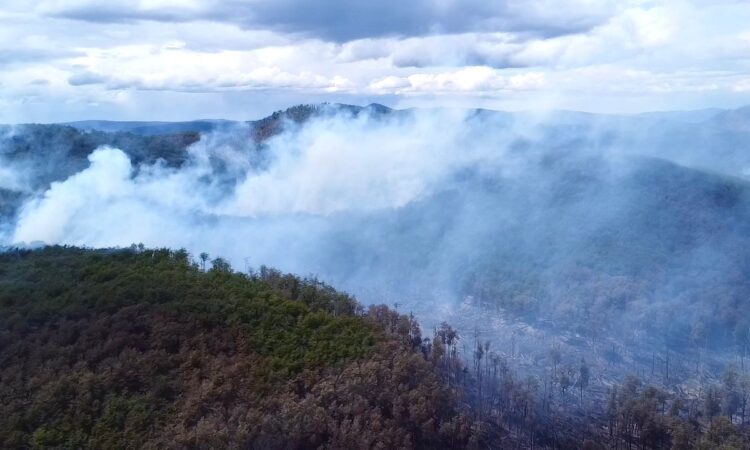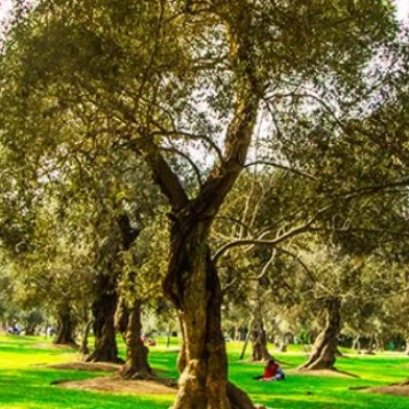
The day the fire broke out in the southern jungle
An environmental microhistory of the 19th century
Alejandro Dezzotti, from the Department of Ecology based in San Martín de los Andes, of the National University of Comahue, analyzes in his article the historical background of fires in Patagonian forests and their consequences up to the present. And he reminds us that "the history of fire is the history of the forest and that of our own species."
TIERRA DEL FUEGO (June 2023).- During the summer of 1851, an intentional fire in the southern region of South America destroyed more than 230,000 hectares of one of the most extraordinary jungles that exist on our planet. This event represented the first major socio-environmental catastrophe documented by its protagonists in this region.
The present time is decidedly different from that time, but the tragedy of the anthropogenic fire that devastates the forest still continues.
the land of fire
We need to remember that fire is not simply a tool, a presence, or a process for us to manipulate, but a relationship. Stephen Pyne. The Pyrocene (2021).
Earth is the only planet in the solar system that has all three elements of the "fire triangle" that make fire possible: the ignition source, atmospheric oxygen, and fuel. No other planet has them all. The fire begins by the effect of various ignition sources such as a meteorite or lava from a volcano, but these elements are relatively rare on our planet.
Only the powerful natural discharge of static electricity from lightning explains the occurrence of combustion on a global scale. Lightning is a geophysical phenomenon that has been present since the origin of the planet, although only a small proportion of them reach a combustible ground; most hit rock or sea. And of those that hit something that can be ignited, only some can convert the electrical charge into combustion. And furthermore, the storm that produces lightning also produces rain; what the first can ignite, the second can stifle. In other words, the only rays that can produce fire are the so-called "dry" ones.
The other two elements, oxygen and fuel, are unique products of life, a process that only occurs on Earth. Fire is a creation of the living world, a reaction dependent on life supplying it with both oxygen and fuel. And for this reason, on the other planets, fire is non-existent.
Photosynthesis played a key role in the existence of this set of incandescent particles and molecules that emit heat and light: that of marine organisms, first, filled the atmosphere with oxygen, and that of terrestrial plants, later, covered the surface of the biomass fuel.
The first evidence of fossil charcoal corresponds to the time when the first terrestrial plants and forests appeared, and since then, fire has been an environmental presence, an ecological process and a planetary evolutionary force. In short, fire is not something imposed on the biota, like wind or flood, but arose from the very character of it.

IT MAY INTEREST YOU
 The city in South America that breathes thanks to a thousand olive trees planted in the 17th century
The city in South America that breathes thanks to a thousand olive trees planted in the 17th century
In the heart of South America there is a city that, among the noise and concrete, still breathes thanks to an olive forest
 Native forest | In Misiones, controls are tightened on routes for illegal transport of native wood, logging of forests without permits and fraudulent digital guides
Native forest | In Misiones, controls are tightened on routes for illegal transport of native wood, logging of forests without permits and fraudulent digital guides
Informality in forestry activity in Misiones was once again evident, the culture of operating illegally is a historical problem, and the Ministry of Ecology and Renewable Natural Resources carries out the corresponding control and inspection operations in the regulation of productive activity and sustainable management for the use of native forests.
 The discovery of methane-producing bacteria in trees rethinks the ecological role of forests
The discovery of methane-producing bacteria in trees rethinks the ecological role of forests
Pioneering study shows trees surprising internal microbial diversity and potential influence on global climate, driving novel strategies for agricultural and forestry management





















